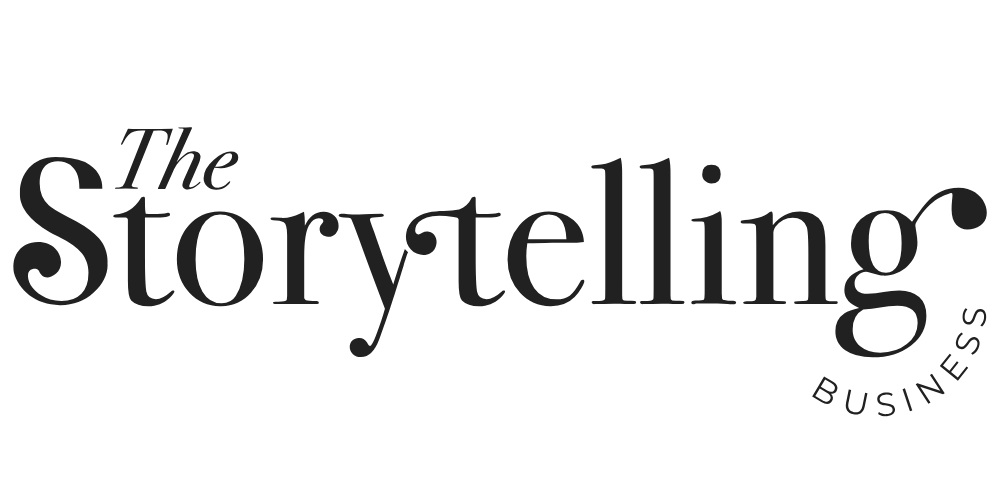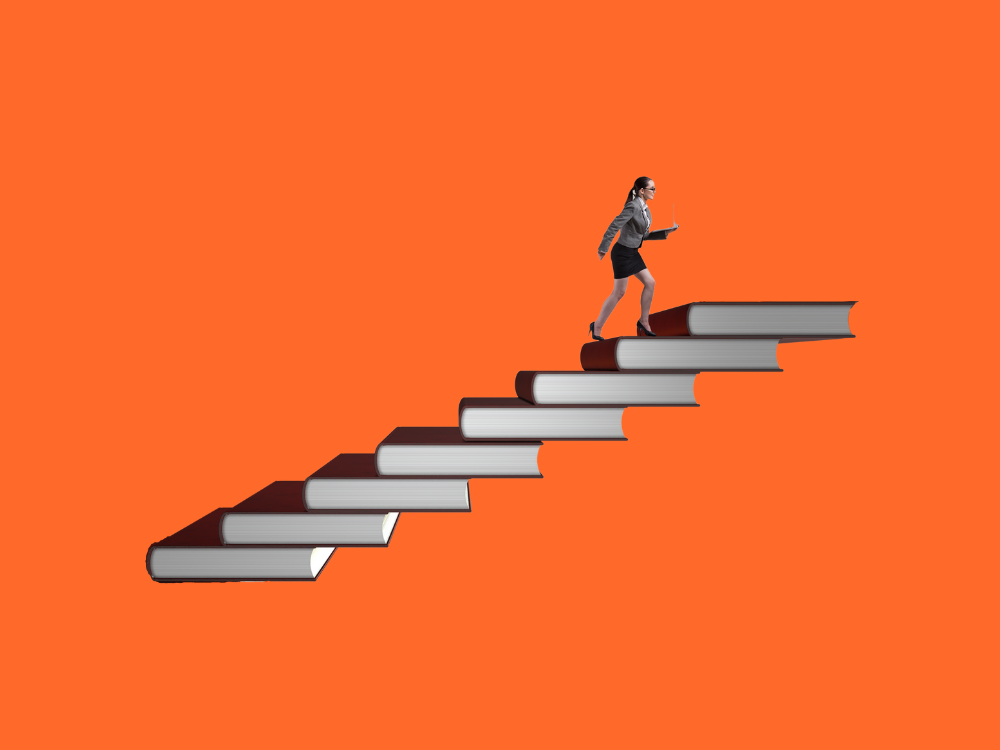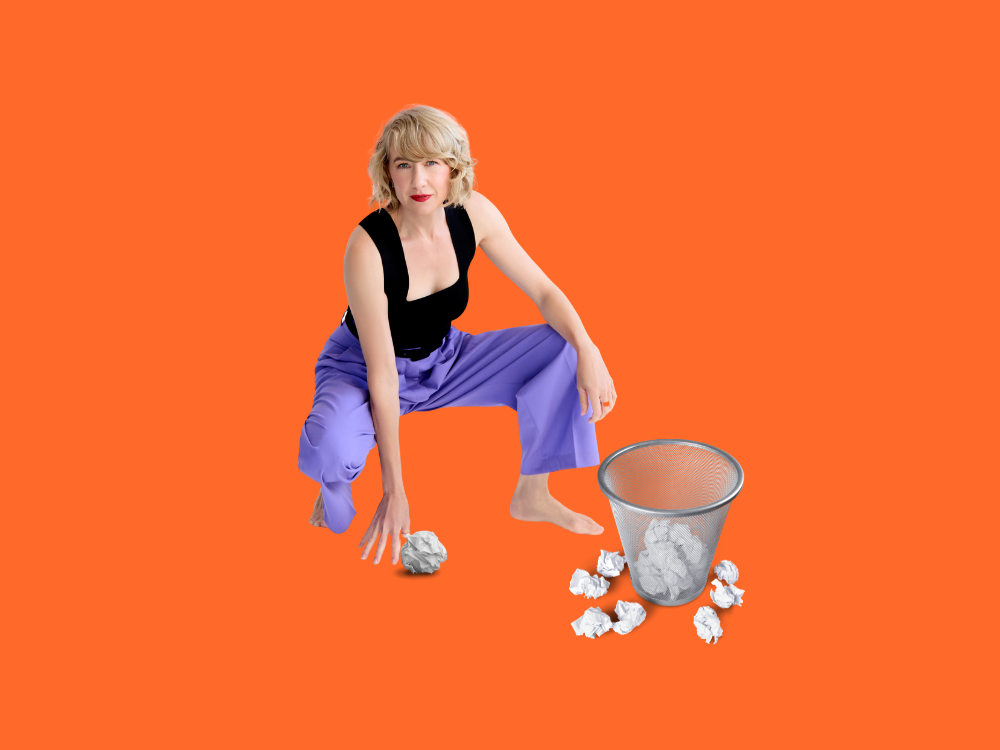The way we live and think today started with powerful ideas that shaped the modern world. Understanding how they emerged – and why they stuck can help you lead change today.
Every movement, breakthrough or shift in the way we live or think started with a single, powerful idea. Not a fully formed blueprint. Not a 5-year plan. Just one Big Idea – so bold, so different, that it made people stop and reconsider what they thought they knew.
This piece explores six such moments. From democracy to Duchamp, these ideas rewired the way we see the world.
If you’re trying to lead, influence, or create something new, it’s essential to understand how Big Ideas work.
5 BIG IDEAS THAT SHAPED THE WESTERN WORLD
1. Democracy – The Power of People’s Rule
Given what we’re witnessing right now with Trump and the MAGA movement in the US, and the resurgence of far-right parties across Europe, this Big Idea has to top the list. Democracy was once a radical proposition. If you grew up in a Western country like Australia, the UK, or the US, democracy might feel like the default mode of governance. But once, it was a radical proposition. In fact, it kind of still is. Only 24 countries are considered full democracies today, and they represent just 6% of the world’s population.
What came before?
Monarchy, empires, and dictatorship were the default systems of governance, with rulers and the rich maintaining absolute power over people.
What’s the big idea?
The radical notion that power should rest with the people, that leaders should be accountable to citizens, and that individuals should have a say in their collective future.
How did it shape a new way forward?
From Athenian democracy to the American and French Revolutions, this idea took root and spread across the world, redefining governance and civic rights.
What was different afterward?
Institutions like parliaments, voting rights, and constitutions emerged, giving people a voice in shaping their nations. Another shift is afoot right now however, with trust in democratic systems crumbling. In a 2024 Pew Research Center survey, 59% of people across 24 countries said they were dissatisfied with how democracy is functioning.
How it can be expressed as a Big Idea:
Liberté, Égalité, Fraternité – overheard on the streets of the French Revolution.
2. The Internet – A Connected World
Imagine a time when knowledge was locked away in books, letters took weeks to arrive, and global conversations were impossible. Oh wait – if you’re my age, you remember it well! I once had 24 penfriends that I wrote to with varying degrees of enthusiasm and commitment, over the course of my primary school years. I even recorded cassette tapes with my sister to post to my cousin Pinky in the Philippines. The internet shattered these limitations, forever changing how we share and access information.
What came before?
Communication was bound by geography – letters, telegrams, and limited broadcast networks.
What’s the big idea?
A decentralised, open communication network can allow information to be accessed globally and immediately.
How did it shape a new way forward?
The rise of the World Wide Web, email, and social media redefined how we work, learn, love and communicate.
What was different afterward?
Entire industries – news, education, entertainment – transformed seemingly overnight. With the internet came the big tech firms who now dominate our eyeballs and wallets – eBay, Facebook, Amazon. Now, with AI, misinformation and privacy concerns on the rise, we are entering a new era of internet impact.
How it can be expressed as a Big Idea:
The whole world at your fingertips.
3. Germ Theory – The Invisible Enemy Revealed
I just finished reading There Are Rivers in the Sky by Elif Shafak – a time-hopping, city-swapping, multi-dimensional novel weaving history, science, love, religion, racism, and colonialism. In an early defining moment for one of our heroes, cholera ravages 1850s London. People throw open basement windows and burn herbs to chase away the ‘bad air’ they think is causing it. You want to scream – Stop drinking the water! – as Dr. John Snow was doing at the time. But Snow didn’t have germ theory on his side yet. Louis Pasteur and Robert Koch would formalise that later.
What came before?
Diseases were blamed on ‘bad air’ (miasma), curses (witch hunts!), or divine punishment. People burned herbs, rang bells, murdered others, endured ‘blood letting’ and prayed to ward off illness.
What’s the big idea?
Microscopic organisms – germs – cause infections, and we can save lives by preventing their spread.
How did it shape a new way forward?
Modern hygiene, sanitation, vaccines, and antibiotics were developed, transforming public health.
What was different afterward?
Cities became cleaner, hospitals safer, and global pandemics preventable—yet misinformation still challenges this fundamental idea.
How it can be expressed as a Big Idea:
The science sees what your senses can’t.
4. Nonviolent Resistance – POWER IN Peace
When I was a history teacher, we all taught Gandhi’s Satyagraha as the foundation of modern civil rights movements – whether we were teaching apartheid in South Africa or the American civil rights movement. From sit-ins at segregated American diners and the defiance of Black South Africans under apartheid, to a lone teenager sitting outside the Swedish Parliament – nonviolent protest is proof that change doesn’t have to come through physical force.
What came before?
Wars, violent uprisings, and oppression were the primary tools for change.
What’s the idea?
Resistance doesn’t have to be violent – civil disobedience, peaceful protests, and moral leadership can shift hearts, minds, and societies.
How did it shape a new way forward?
Gandhi’s Satyagraha became a blueprint for two of history’s biggest civil rights movements: Martin Luther King Jr.’s fight for racial justice, and Nelson Mandela’s struggle against apartheid.
What was different afterward?
Nonviolent resistance became a legitimate and often more powerful strategy for driving systemic change. It reshaped the moral high ground, gave everyday people a voice, and showed that lasting change could come from dignity, discipline, and collective courage. Of course, nonviolence is often met with violence – and nonviolence doesn’t always triumph.
How it can be expressed as a Big Idea:
Fight with peace.
5. Art is Impact, Not Object – Marcel Duchamp’s Fountain
Fountain still makes me laugh every time I look at it. But can a men’s urinal really be art?
In 1917, artist Marcel Duchamp submitted a porcelain urinal, signed “R. Mutt,” to an art exhibition run by the Society of Independent Artists – a group he was on the board of. It was rejected. He had submitted it under a pseudonym, and when it was dismissed as not art, he resigned in protest. The work, titled Fountain, was never about the object – it was about the idea. He was aiming to show that art isn’t just about beauty or skill – it’s about intention, disruption, and meaning. The backlash to his piece proved his point.
What came before?
Art was expected to be beautiful, technical, and traditionally crafted.
What’s the big idea?
Art isn’t just about skill – it’s about concept, intent, and challenging norms.
How did it shape a new way forward?
Fountain flipped the frame: it disrupted traditional notions of artistic value by making the idea the main event.
What was different afterward?
Conceptual art was born, giving rise to movements like Dada, surrealism, and eventually, Banksy-style street art and digital provocateurs. It also sparked head-scratching everywhere, with people still puzzling: ‘but is it art?’ today, and dads everywhere saying: “yeah but I could do that!” loudly in galleries to embarrass their children.
How it can be expressed as a Big Idea:
Art isn’t what you see – it’s what it makes you think.
What’s your Big Idea?
What big idea are you working on as part of your thought leadership platform?
It shouldn’t be something already familiar or popular. Instead, it should make people pause and:
- feel something
- think differently
- ask questions
The people and moments in this piece didn’t start with answers. Instead, they started with the courage to see things differently and say those things out loud.
Whether you’re building a brand, leading change, or figuring out what comes next: you don’t need to do everything. You just need one idea worth standing for, and the clarity to carry it forward.




